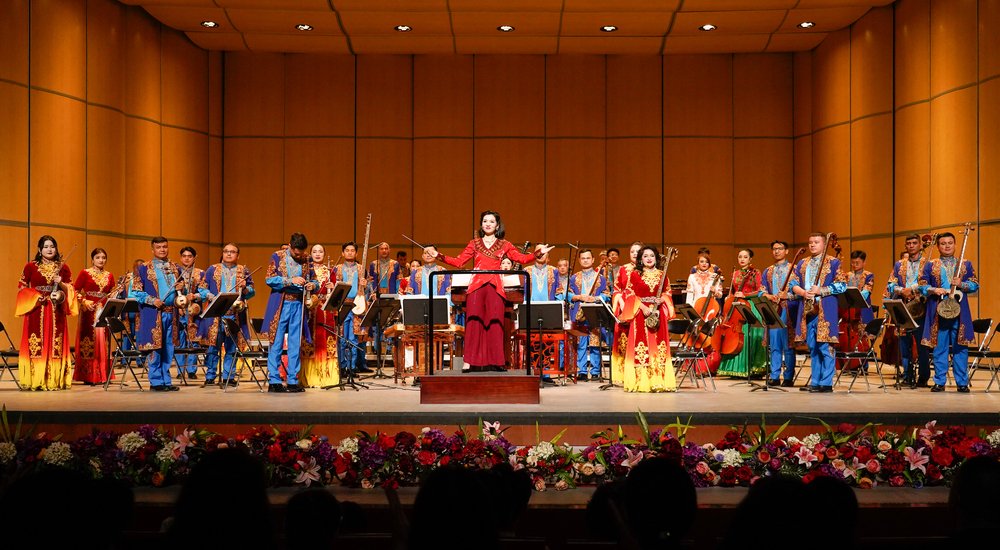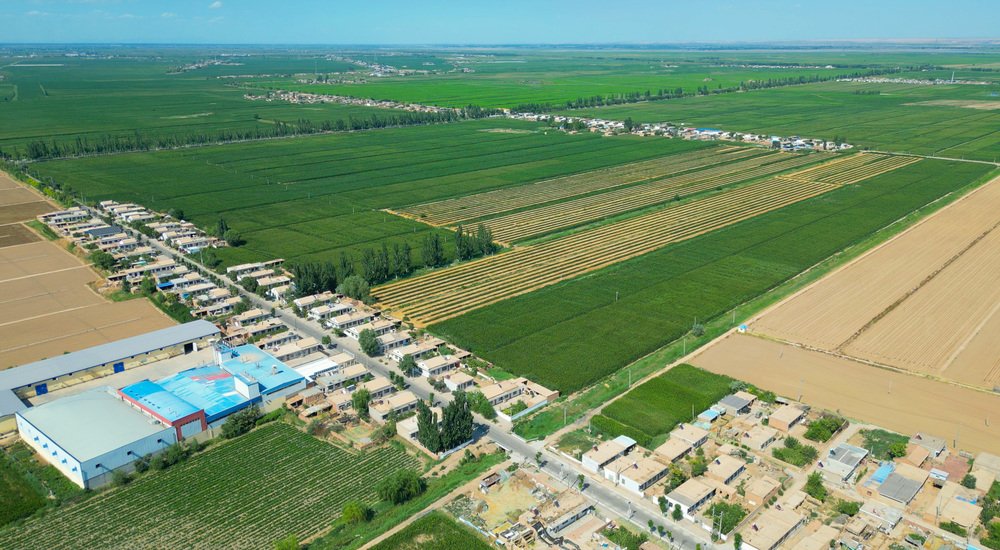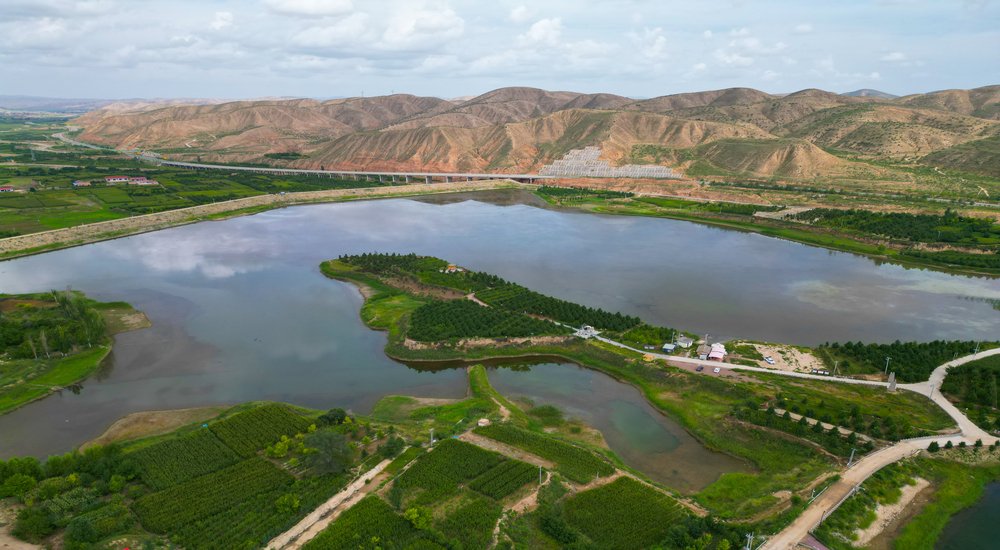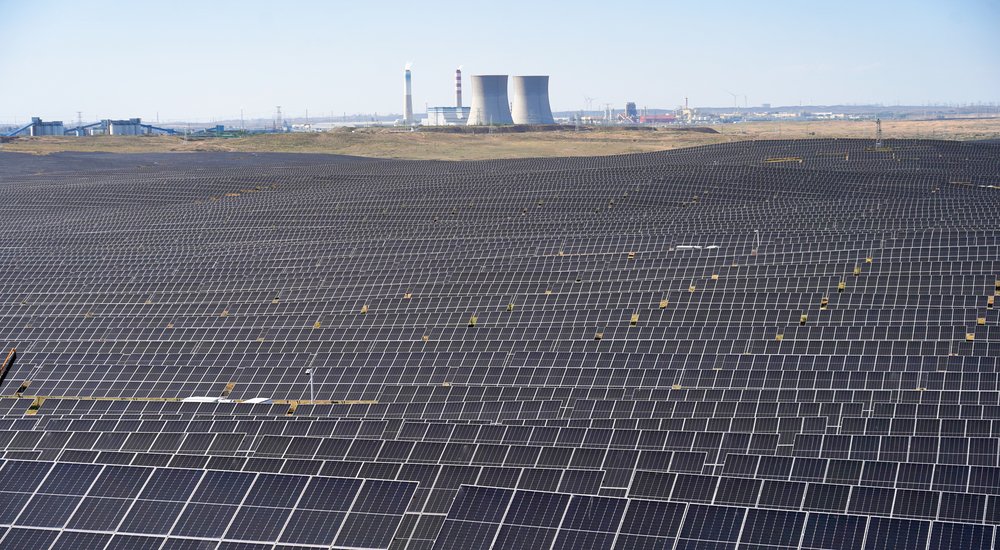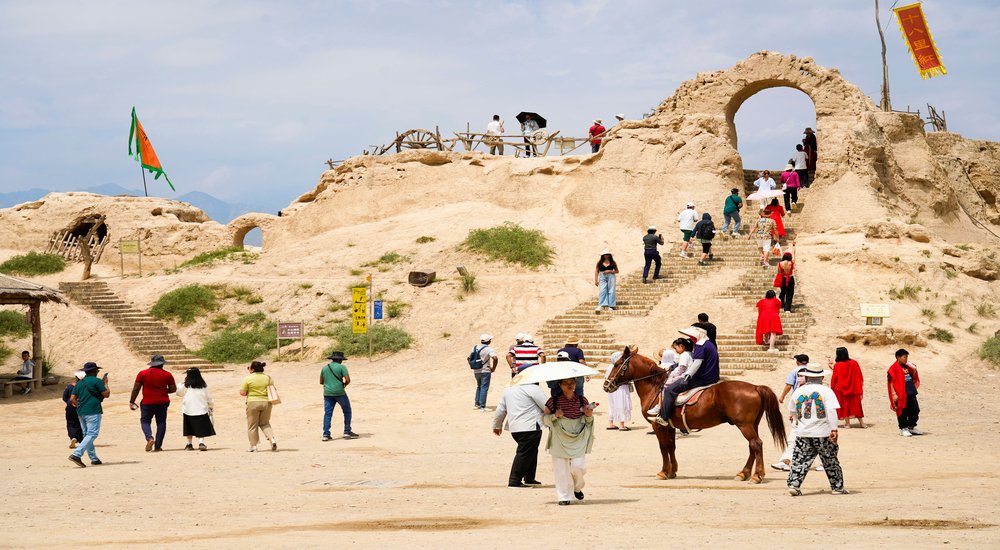
The Ningxia Hui Autonomous Region sits quietly in northwest China, holding secrets that most travelers never discover. This isn’t another crowded tourist destination with overpriced souvenirs and pushy vendors. Instead, Ningxia offers something increasingly rare: authenticity mixed with genuine innovation.
Silk Road Echoes in Modern Times
Centuries ago, merchants traveling the Silk Road made Ningxia a mandatory stop. They brought spices from Central Asia, textiles from Persia, and ideas that would permanently alter the region’s character. Today, that trading spirit persists in different forms. Modern Yinchuan serves as a commercial hub connecting China’s interior with Central Asian markets. The same geographic advantages that made ancient traders choose this route now attract logistics companies and international businesses. History doesn’t repeat, but it certainly rhymes.
Desert Experiences Beyond Tourist Traps
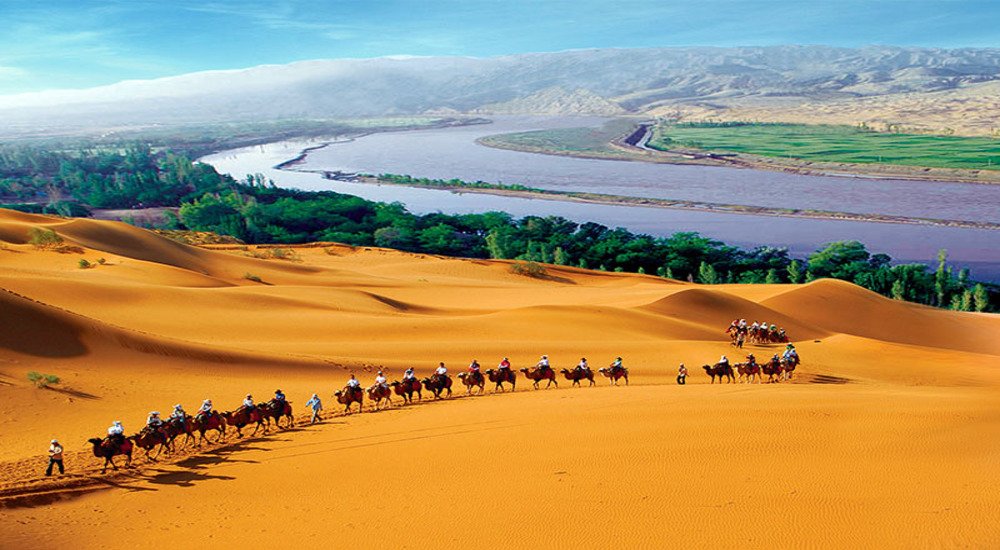
Shapotou Desert offers adventures that commercial tour operators elsewhere have sanitized beyond recognition. Real camel rides led by local herders who know every dune. Genuine desert camping where the silence at night feels almost overwhelming. Bonfire gatherings where musicians play traditional instruments under stars visible only in places far from city lights.
The desert here isn’t just scenery. It’s a living environment where people have adapted, thrived, and developed sustainable practices over generations. Visitors learn about water conservation, desert agriculture, and survival techniques that urban dwellers have forgotten.
Food That Tells Stories

Ningxia cuisine reflects its position at the crossroads of cultures. Lamb skewers seasoned with spices that traveled ancient trade routes. Hand-pulled noodles made using techniques passed down through families. Stewed mutton enhanced with locally grown goji berries that add sweetness and nutritional value.
Each dish connects to the region’s geography and history. The emphasis on lamb reflects pastoral traditions. The use of goji berries demonstrates how local ingredients became integral to regional identity. The halal preparation methods show how religious practices shape daily life.
Goji Berry Capital of the World

Ningxia produces the world’s finest goji berries, but this isn’t just agricultural marketing. The region’s unique climate, soil conditions, and traditional cultivation methods create berries with higher antioxidant levels than those grown elsewhere.
Local farms welcome visitors to observe the entire process, from planting to harvest to processing. Farmers explain how traditional knowledge combines with modern techniques to maintain quality while increasing yields. The experience provides insights into sustainable agriculture that many developed regions could learn from.
Green Energy Leadership

Ningxia’s transformation into a renewable energy powerhouse happened quietly but decisively. Vast solar farms now occupy former desert areas. Wind turbines generate electricity across the region’s open spaces. The local government invested heavily in clean energy infrastructure while other regions debated the transition. This isn’t just about environmental responsibility. Ningxia positioned itself strategically for China’s green energy future. The region now exports clean electricity to more populated areas while attracting green technology companies seeking favorable conditions.
Desert Viticulture Success
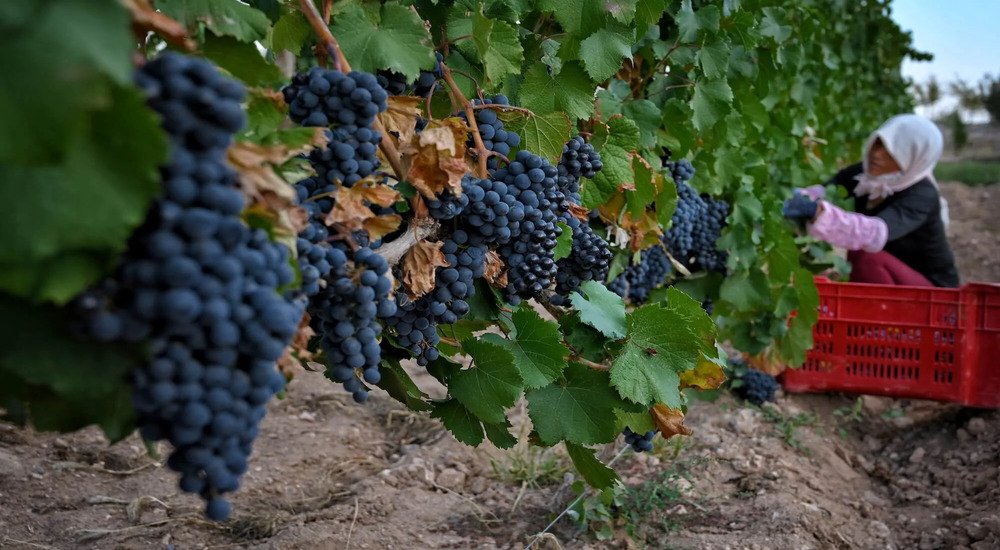
Growing grapes in desert conditions sounds impossible, but Ningxia’s wine industry proves otherwise. Advanced irrigation systems, careful soil management, and strategic vineyard placement in the Helan Mountain foothills create microclimates suitable for viticulture. The wines produced here win international competitions, challenging assumptions about Chinese wine quality. More importantly, the industry demonstrates how technology and traditional knowledge can make arid regions productive.
The Western Xia Mystery
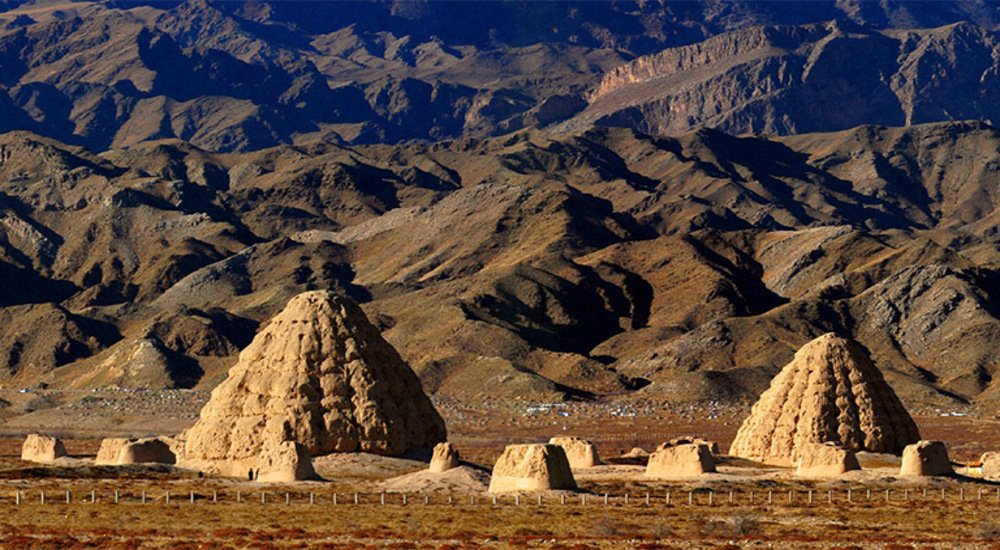
The Western Xia Dynasty ruled from Ningxia for nearly two centuries before disappearing from history. Their unique script, distinct from Chinese characters, remains partially undeciphered. Their tombs near Yinchuan contain artifacts that reveal a sophisticated civilization.
Archaeological work continues uncovering new information about this lost empire. Visitors can explore excavation sites and museums displaying Western Xia artifacts. The mystery adds another layer to Ningxia’s complex historical narrative.
Yinchuan’s Balanced Development
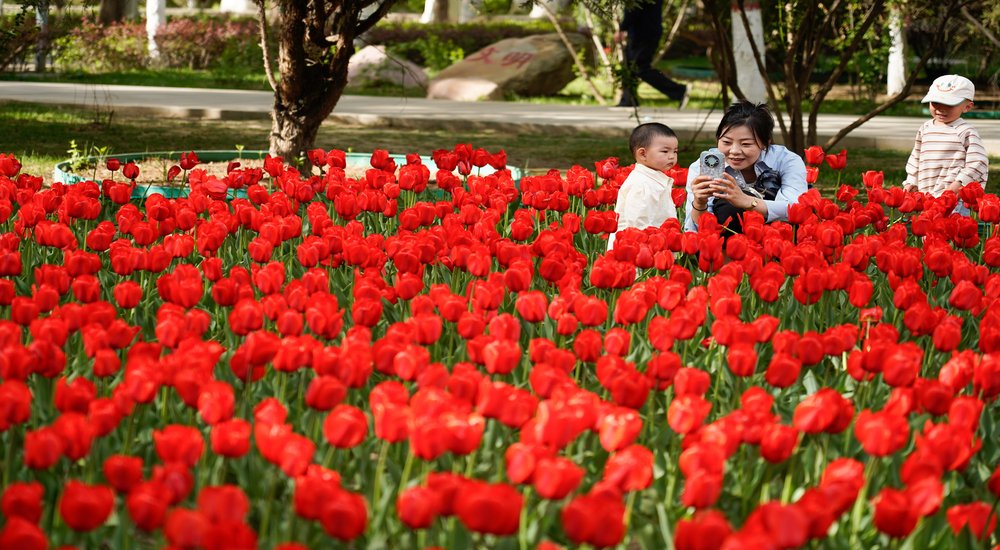
Ningxia’s capital manages modernization without destroying its character. High-tech industries operate alongside traditional crafts. Modern transportation systems connect ancient cultural sites. Urban planning incorporates Islamic architectural elements rather than ignoring them. This balanced approach to development offers lessons for other cities struggling with rapid growth. Yinchuan proves that progress doesn’t require abandoning cultural identity.
Beyond the Obvious Destinations
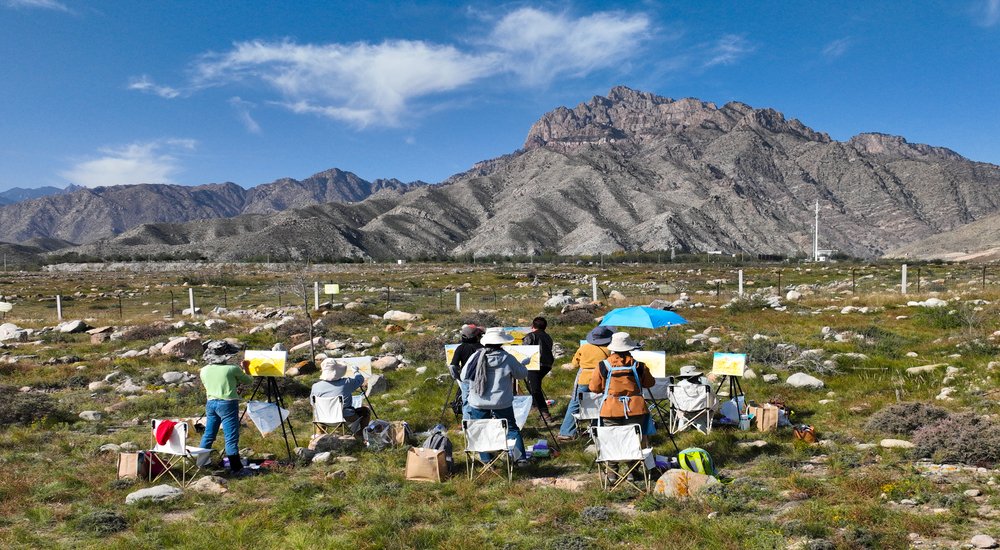
Ningxia rewards travelers seeking experiences beyond standard tourist circuits. The region offers cultural immersion, environmental innovation, historical mysteries, and natural beauty without the crowds that diminish other destinations. For those willing to venture beyond familiar names, Ningxia provides authentic encounters with Chinese diversity, Islamic heritage, environmental solutions, and desert landscapes that remain largely undiscovered by mass tourism.
The region represents China’s complexity better than more famous destinations. Here, multiple colors and cultures coexist, ancient traditions adapt to modern challenges, and innovation emerges from unexpected places. Witnessing all these at once is not just a blessing, it’s a miracle!

